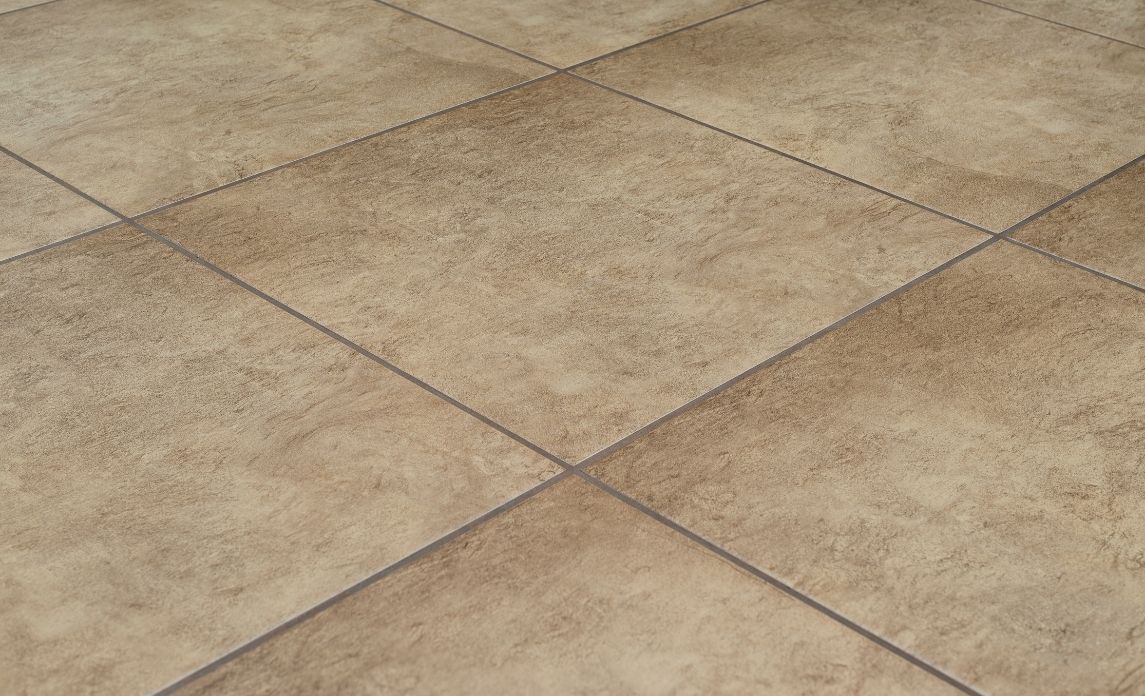Tile floors are stylish and incredibly durable, making them extremely popular choices for business establishments and residential properties. Still, no matter how hardy these tiles are, they can get scratched, scuffed, and dulled over the years.
To restore their shine and make them look like new, tile floors need good buffing from time to time. Here are some things to keep in mind to get the best results:
What Is Buffing?
Buffing is to floors as exfoliating is for the skin. It’s essentially deep cleaning, wherein you remove the top layer of accumulated grime to show the original colour and bring back the sheen of the tiles.
Do note that every type of floor—whether it’s tile, vinyl, wood, laminate, or concrete—can and should be buffed if you want them to last as long as possible. Just remember to use the right tools and products so as not to damage the material.
That said, there are two types of floor buffing methods: spray and dry. Spray buffing makes use of liquid cleaners and polishing solutions. The former is for removing dirt and the latter is for smoothing over scuffs and scratches.
Spray buffing delivers the best results with floor buffing machines that reach up to 1,000 RPMs. Manual buffing through this method is possible using buffing pads made from felt or special foam.
Meanwhile, dry buffing is exactly as it says on the tin: there are no liquids involved. Through the action of floor buffers that reach beyond 1,000 RPMs, dirt, grime, and marks are efficiently removed. This kind of floor buffing is best left to professional cleaning companies like Crewcare since dry buffing machines can be difficult to handle.
How Is Buffing Different From Polishing?
While buffing floors can give tiles back their sparkle, it’s more about cleaning. Indeed, you’ll be surprised how dull a floor can get until you remove a thick layer of built-up grime. Buffing also removes dirt that has settled into the tile grout.
Meanwhile, polishing adds a protective layer over a just-buffed surface. Aside from giving a more pronounced shine, floor polish also fills in tiny scratches so the surface looks more even.
Most tile floors can maintain a good shine for about 2 to 4 months. However, if there’s a lot of foot traffic, you might need to polish more often. Some floors may also need more frequent polishing. Some good examples here include a building’s lobby or a home’s living room.
How Often Should I Buff Tile Floors?
Unlike polishing, buffing should be done more often. A once a month schedule is ideal, especially if the building always has a lot of people coming and going every day. For low-traffic areas, you can buff the floors about once every 2 months.
Aside from aesthetic purposes, buffing your floors can also make them last longer. When you remove an accumulation of gunk and grime, you also preserve the structural integrity of the tile. This can help you save on both maintenance and replacement costs.
How Do I Buff and Polish Tile Floors?
The first thing to do before you start buffing tile floors (or any floor, for that matter) is to clear the work area. Remove all standing furniture, especially big ones like tables and cabinets, so you can buff the entire floor.
Once this is done, make sure to restrict access to the area. You can cordon off the floor section by section, place “wet floor” signs if it’s an open space, or close the room if you’re buffing an enclosed area.
Next, you need to clean and dry the floor thoroughly. If you start buffing with debris still on the floor, the particles can scratch or gouge the surface. Worse, it can be ground into the finish, which can get embedded and difficult to remove unless you strip the floors.
To get a good clean, wash and scrub the floors using an appropriate product then rinse with clean water. Make sure that the floor is completely dry before you begin buffing. A powerful vacuum can also work. The bottom line is to remove as much debris as possible so they don’t cause damage to your floors.
Once you’ve done these preparations, you’re ready to buff your floors. Follow the steps below to get the best results:
1. Apply the buffing solution. If you’re using the spray buff method, this is a crucial step. Take note of the application instructions and use a sprayer to ensure a nice, even coat. Of course, make sure you’re using the appropriate product for the floor material.
2. Buff the floor. Use the correct buffing pad and machine for your chosen buffing method. For dry buffing, contact a commercial cleaner.
3. Dry the floor. Ideally, you should buff the floor twice (especially if you haven’t done so in a while). Then, dry the floor using the buffing machine without adding any more buffing spray or water. This will create a shiny, smooth finish.
During this step, you can also focus on scuffs and scratches. Buff these spots a little longer to smooth them out and remove any lingering marks.
4. Add a finish. After buffing, your tile floors might be a little slippery. If this is the case, you can add a non-slip finish to ensure safety. It’s not required to do this every time you buff the floors, but it’s highly recommended.
If it’s your schedule to apply some polish, do it immediately after buffing. Keep feet and shoes off a newly polished floor to let the product truly settle and last as long as possible.
It takes a bit of work, but keeping your floors buffed and polished will do wonders for its aesthetics and longevity.


